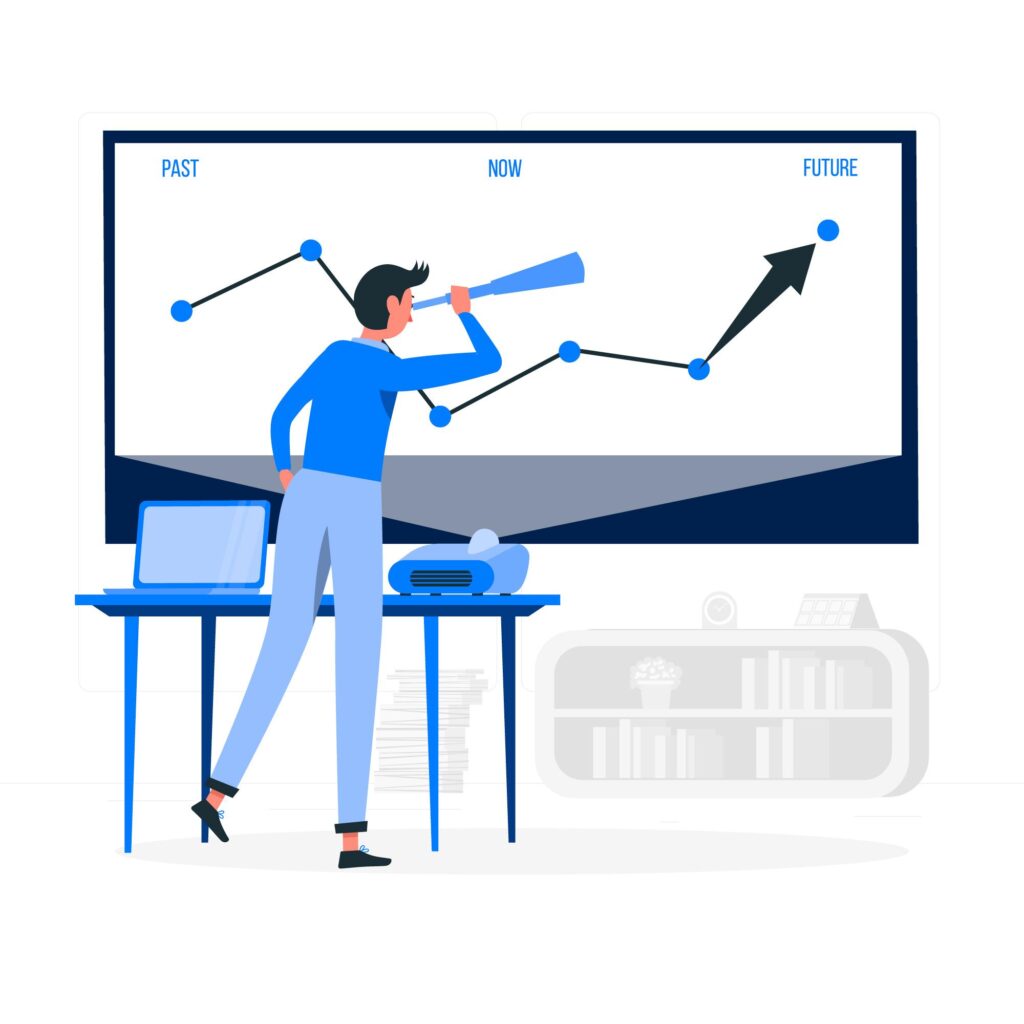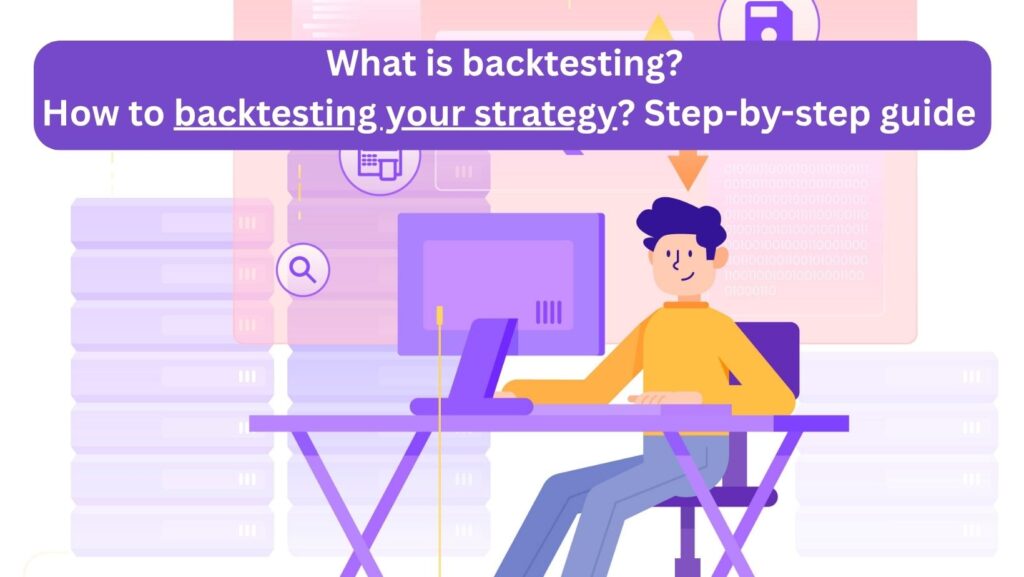In forex trading, it’s not enough to just have a good strategy – it’s also important to test that strategy. Backtesting is a process where you apply your strategy to historical data and see how it performed in the past.
In this blog explains to you step by step:
- What is backtesting
- What is its importance
- How to do it manually or with software
- What type of data is used
- How to analyze the output
- What are the best tools

What is backtesting?
Backtesting is testing your trading strategy on historical price data, without risking real money.
For example:
You created an RSI + EMA strategy. Now you take the data from the last 6 months and check what your results would have been if you had traded with that strategy at that time.
Why is backtesting necessary?
| Benefits | Description |
| ✅ Increases confidence | Will this strategy work in the real market? |
| ✅ Reduces risk | Understands weaknesses in advance |
| ✅ Controls emotions | You get used to trading logically |
| ✅ Improvements are possible | You can identify weak points and optimize them |
How to do backtesting? (2 methods)
1. Manual backtesting
In the manual method, you open the chart and apply the strategy to each candle. Paper and Excel are used.
Tools:
- TradingView (Free or Pro) :
👣 Steps:
- Open TradingView
- Set up a strategy on the chart (e.g., EMA, RSI)
- Take the chart back to previous data using the “Replay” button
- See each signal – whether the trade was successful or not
- Write down the entry, exit, SL, TP
- Add results to an Excel sheet
Data record example:
| Date | Pair | Entry Price | SL | TP | Result (Win/Loss) | Pips Gained |
2. Software-based backtesting
In automated backtesting, you enter the strategy rules into the tool and the software does all the calculations itself.
Popular tools:
| Tool Name | Features |
| TradingView | Custom strategy testing from Pine Script |
| Forex Tester | Realistic simulation, premium data |
| MT5 Strategy Tester | EA based backtesting |
What data is used in backtesting?
| Data Type | Use |
| Historical OHLC | Open, High, Low, Close prices (mostly daily, 4H, 1H) |
| Volume Data | Optional, helpful in some strategies |
| Spread | To measure actual drawdown and costs |
| News Impact | See also Basic events in real backtesting |
How to analyse backtesting results?
✅ Key metrics:
| Metric | Meaning |
| Win Rate | What % of trades were profitable |
| Risk-Reward Ratio | Average profit vs. average loss |
| Max Drawdown | Maximum loss order size |
| Total Pips Gained | Net profit or loss in pips |
| Profit Factor | Total Profit ÷ Total Loss (>1.5 = good) |
⚠️ Common backtesting mistakes (avoid)
| Mistake | Problem |
| Curve fitting | Building a strategy based solely on past data |
| Ignoring spread/slippage | Seeking unrealistic profits |
| Cherry-picking trades | Finding only good trades, ignoring bad trades |
| Small sample size | Drawing conclusions from 5-10 trades |
| Changing strategy after each loss | Getting inconsistent results Yes |
🎯 Final Note
- Backtest at least 30-50 trades
- Forward test on a demo account
- Keep the results realistic (measure spread/slippage)
- Do not use more than 2-3 variables in the strategy
- Keep a journal even during backtesting

✅ Conclusion
Backtesting is the foundation of your trading career. Using a strategy without testing it is like driving a car without brakes. So first test it, learn, and then go to the real account with confidence.
So if you liked this blog then follow and share www.growthlikej.com for similar informative knowledge blogs.

